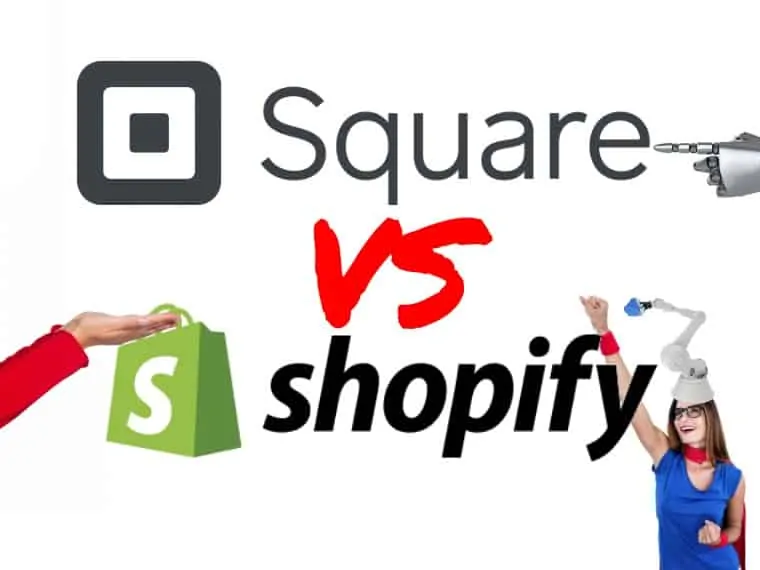SBO Team
Today, we will talk about two POS system providers. To decide which one to choose, you first need to know what important factors of the POS system to look out for. Let’s go over that checklist.
It is important to check if a POS can process all payment methods you are going to need. If you expect customers to mostly pay with debit cards, and the POS system you choose can’t process them, you won’t have much use of its other features.
Good inventory management tools are a must-have. We live in a digital age and you shouldn’t settle for a POS system unless almost all inventory management is automated. It should also include good report and analytics tools, so you can keep track of how your business is doing.
You should also pay attention to how well your physical locations and online store sync, and what are digital marketing and SEO features you get. For your sales to increase, your business must be easy to find online.
So, who is better in doing this, Square or Shopify? Let’s find that out by pitting them against each other.
You might also like:
Table of Contents
So which is better, Square or Shopify?
Square is slightly better for merchants that have exclusively brick-and-mortar stores, but Shopify is much better in all other aspects. Better eCommerce handling, more features and payment gateways, and more sophisticated inventory management are some features Square can’t compete with.
Shopify vs Square comparison


Our #1 Choice For Hosting Blogs
62% Off Exclusive Offer Applied at Checkout
Regularly
$6.95/mo
Starting From
$2.64/mo*
- Free 1 Year Domain Registration on Select Plans
- FREE SSL Certificate
- Drag-and-drop Website Builder
- E-commerce Ready
- 1-Click WordPress Installation

Shopify vs Square customer support
Square vs Shopify conclusion
Square versus Shopify final score
FAQs
Is Square better than Shopify?
Does Shopify work with Square?
Is Square compatible with Shopify?
Can you sync Square and Shopify?
What is the difference between Square and Shopify?
Which is better Square or Shopify?
Related articles:

